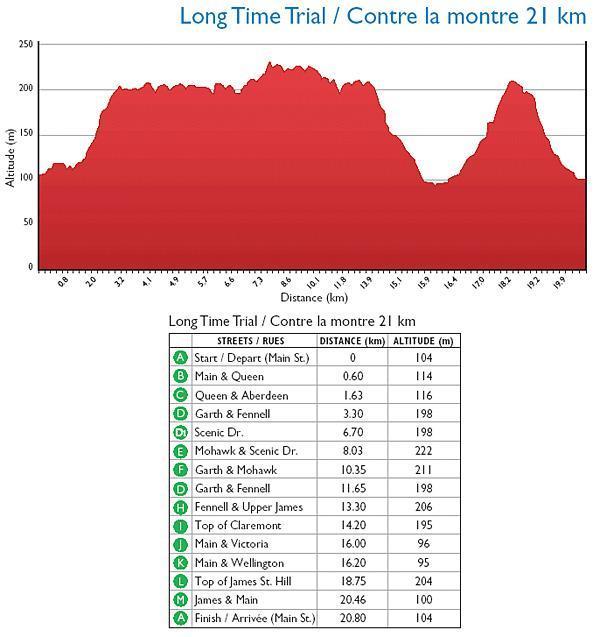In the aftermath of USADA’s doping charges, Lance Armstrong eventually acknowledged the use of banned substances during his professional cycling career. Reckoning his confessions, we decided to evaluate Armstrong’s sportive accomplishments by comparing his winning time trial achievements with achievements demonstrated by other riders in similar races over the years. In time trial racing, there are no collaborating riders on the course, making opportunities to profit from other riders’ efforts through drafting impossible. Time trial performances thus solely depend on the strength and endurance of the individual rider. Accordingly, we argue that an examination of the ‘historic’ variation in these individual performances will increase chances to detect the influence of illicit doping aids on Armstrong’s performances. In view of his doping use, we expected that his performances would be faster compared to performances of his counterparts in foregoing and succeeding years. We scrutinized archival records of the cycling sport and retrieved information concerning Armstrong’s winning time trial performances (N = 7), realized in the Tour de France (1999–2005), as well as performances of other riders (N = 55) who, from 1934 to 2010, won races in the three European Grand Tours (Tour de France, Giro d’Italia, and Vuelta a España) and all faced time trial distances comparable to Armstrong’s (50–61 km). We examined our research question by analysis of covariance (ANCOVA) with riders as the independent variable (Armstrong vs. the other riders) and mean km/h performances as the dependent variable in which we controlled for the influence of year of competition (i.e., the year in which riders won their time trial) and distances of the trials on riders’ speed. ANCOVA initially revealed that Armstrong (Mkm/h = 49.37) indeed raced faster relative to the other riders (Mkm/h = 44.67, p ≤ 0.05). However, this main effect disappeared (p = 0.80) after controlling for the influence of competition year on riders’ performances, b = 0.20 km/h, p ≤ 0.001. Distance did not have a significant influence, b = -0.03 km/h, p = 0.84. ANCOVA further indicated that all but one of Armstrong’s performances fell within the bandwidth of the 68%–confidence interval. Reckoning the historic variation in riders’ performances, Armstrong’s achievements do not appear to be outstanding or atypical, implying that effects of the performance–enhancing doping aids he resorted to are limited. Alternatively, his performances can also be plausibly explained by a gradual progress in speed over time, which is characteristic for professional cycling races such as the Tour de France.










